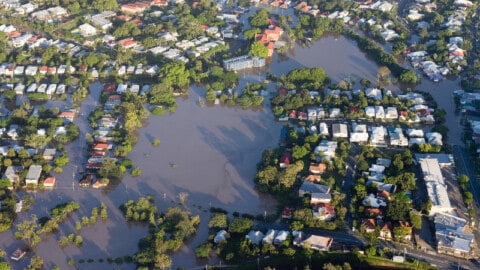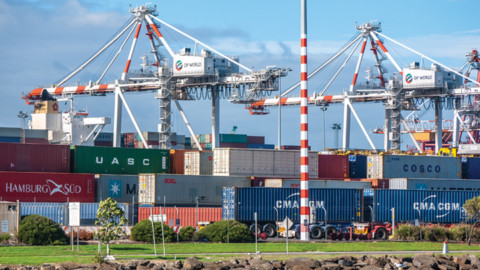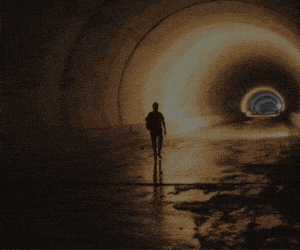by Romilly Madew AO, CEO, Infrastructure Australia
The year 2020 has produced a roll call of calamities that have tested the resilience of all Australians: bushfires, drought, floods and an ongoing pandemic. Now, after 28 years, Australia is in a recession, with the unemployment rate up to 7.4 per cent and expected to climb. In these challenging times, infrastructure is uniquely placed to support jobs and drive productivity.
One of our nation’s greatest infrastructure feats, the Sydney Harbour Bridge, was a product of the Great Depression, nicknamed the ‘Iron Lung’ as it sustained the lives of thousands of workers and their families.
While history might be on our side, we must still recognise that the acceleration of infrastructure investment and reform is not without risk.
In order to ensure sustained growth and true economic resilience for future generations, spending should be productivity-enhancing to enable a stronger growth trajectory than prior to the crisis.
Small-scale projects are of high value
Since the competing health and economic issues have impacted the economy, Infrastructure Australia’s advice has been to focus on a staged infrastructure recovery response; first by protecting and maintaining the existing pipeline of projects, then moving to the mobilisation of new projects, small and large.
As important as large major projects are on the road to recovery, we must not forget the value of smaller projects.
While it may not draw the same fanfare and attention as new train lines and motorways, road maintenance is a great example of the need to prioritise a smaller program of work.
A road maintenance program can generate high involvement of labour, trade and skills; deliver significant benefits to safety; and reduce transport costs for the growing freight industry and individual road users.
The Federal Government’s decision to bring forward $1.5 billion for local infrastructure projects, with $500 million of that targeted for road safety, is well placed.
This decision aligns with existing priorities on the Infrastructure Australia Priority List, such as a National Road Maintenance strategy and a priority initiative for regional and rural WA road network safety improvements.
We expect our Infrastructure Priority List to continue to play an important role in supporting the national conversation around Australia’s spending priorities.
Four of the fast-tracked projects already announced by the Prime Minister have come from the Infrastructure Australia Priority List, including Inland Rail, Marinus Link, and regional town and water security investment.
As we move past mobilisation and beyond shovel-ready projects, we will need to continue to develop a high-quality pipeline of infrastructure, ensuring it is constantly refreshed with high-quality projects.
Investment in planning and design is critical to ensure the pipeline of projects continues.
This pipeline gives confidence to industry, certainty to government, helps employ Australians, and supports the national economy.
Maintaining this pipeline is especially true if we are going to attract private capital investment in infrastructure.
However, investment in building infrastructure will not be sufficient alone. We must also turn to the tougher path of reform.
Reforms of current systems
We need to reform our planning systems and policy interventions to accelerate and boost productivity.
We also cannot ignore that the acceleration of major infrastructure could reduce the opportunity to provide scrutiny of proposals prior to investment.
Less scrutiny leaves the door open for the possibility of over-scoping and cost escalation.
While it could result in potential job creation, it could also leave communities with white elephant projects and our economy in a worse debt position than we started.
So, how do we avoid this? By ensuring business cases for large infrastructure projects continue to include rigorous planning, evidenced-based problem definition, options analysis and independent assessment.
The recovery from COVID-19 will likely be the most significant challenge for our generation.
If we expect to build our way out of this crisis and breath life back into our economy, it will come down to industry, government and the community working in concert to take the right measured steps, in turn making our economy more resilient, not less.




















Valuable insights regarding the mix of large and small infrastructure projects. All of which can be done in a sustainable manner – another opportunity for reform.